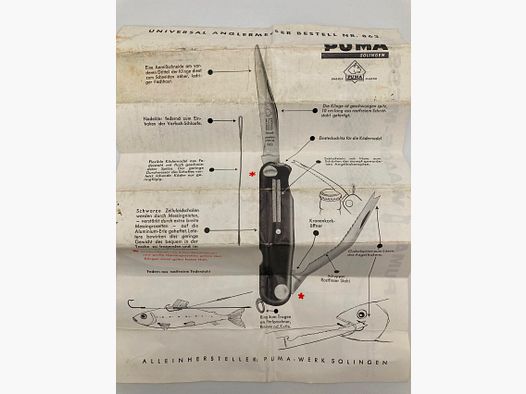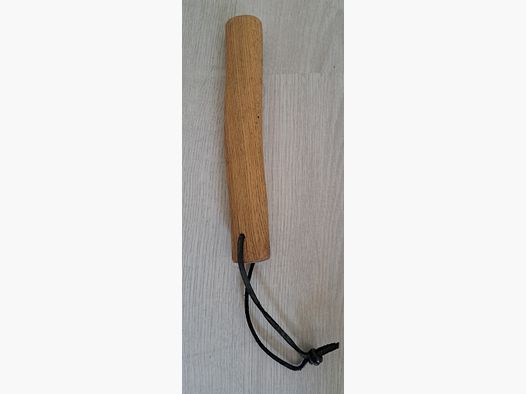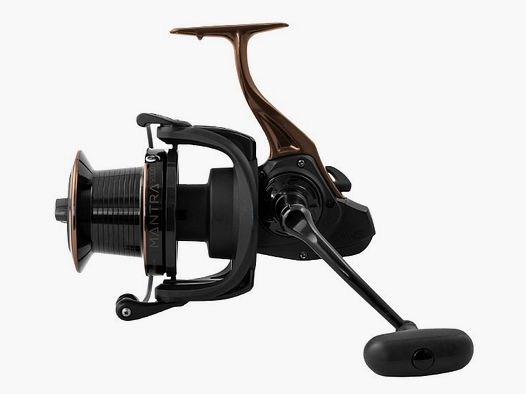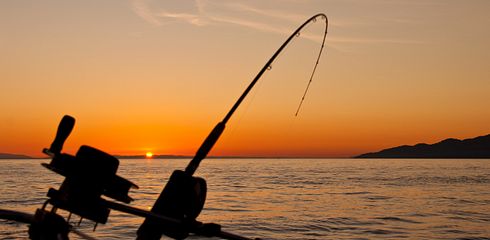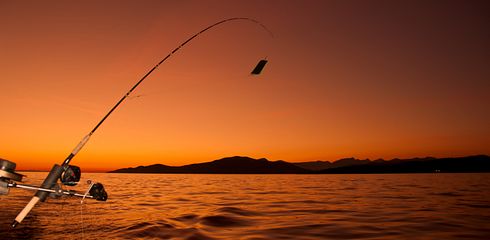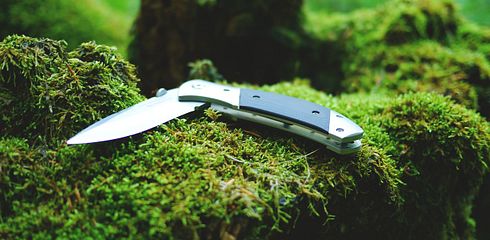Fishing is not just a hobby, but a fascinating journey through various waters, from expansive lakes to picturesque rivers and tranquil ponds. The choice of fishing water significantly influences the success of your fishing trip. In this comprehensive article, we explore the characteristics and strategies for fishing in lakes, rivers, and ponds.
1. Lakes: Vast Waters, Many Opportunities
Lakes offer a wide range of fish species and fishing opportunities. From large inland lakes to small ponds - there is much to discover here:
Characteristics of Lakes:
- Depth and Structure: Lakes can be deep and complexly structured. Shallow shore areas often alternate with deep holes, attracting various fish species.
- Water Quality: Water quality varies greatly and affects the living conditions of fish. Clearer lakes are often suitable for spinning, while in murky waters, lures with stronger vibrations can be more effective.
Strategies for Fishing in Lakes:
- Boat Fishing: The option to fish from a boat opens up new horizons. You can reach deeper water and specifically search for schools of fish.
- Shore Fishing: The shallow areas along the shoreline are often popular spots for bottom fishing or spinning. Here, pike, perch, and many other fish species can be found.
2. Rivers: Current, Diversity, and Challenge
Rivers are dynamic, constantly moving, and offer a unique environment for anglers. Their currents and varying depths require special techniques:
Characteristics of Rivers:
- Current and Depth Changes: Rivers vary greatly in their current speed and depth. This influences the selection of fishing techniques and lures.
- Underwater Structures: Riverbeds can be rocky, pebbly, or muddy. Investigating these structures is crucial to finding the best fishing spots.
Strategies for Fishing in Rivers:
- Jigging and Spinning: Due to the current, jigging and spinning are excellent methods. Predatory fish like trout and perch can be effectively caught this way.
- Bottom Fishing with Worms or Baitfish: In calmer sections of the river, bottom fishing is a proven method. Worms or baitfish are often successful here.
3. Ponds: Small Biotopes with Surprising Diversity
Ponds are small, often manageable waters that provide an ideal environment for beginners. Despite their size, ponds can be surprisingly diverse:
Characteristics of Ponds:
- Plants and Cover: Ponds are often lined with aquatic plants that serve as hiding places for fish. This influences the selection of fishing techniques and lures.
- Stable Environment: Due to their limited size, ponds warm up quickly, affecting fish behavior. Fish are often more active and easier to locate here.
Strategies for Fishing in Ponds:
- Use Light Gear: Since most ponds are not very deep, light fishing gear is often sufficient. A light spinning rod or a float rod can yield good results here.
- Use Surface Lures: Since ponds are often covered with plants, surface lures like poppers or wobblers are effective. Predatory fish like pike can be lured out of cover with them.
Conclusion: Discover the Diversity of Fishing Waters
The choice of fishing water is key to a successful fishing trip. Each body of water has its own characteristics and requires specific strategies. Whether you choose boat fishing on a large lake, challenging the current in a river, or enjoying a leisurely day of pond fishing - each water offers a unique experience.
Start with a clear understanding of the characteristics of the water and then develop your fishing techniques accordingly. Pay attention to environmental aspects, respect local regulations, and keep the surroundings clean so that future generations can also experience the beauty of these waters.
In the diversity of fishing waters lies the charm of fishing. Use this diversity to improve your skills, learn new techniques, and most importantly, enjoy nature. Tight lines and good luck on your future fishing trips!




